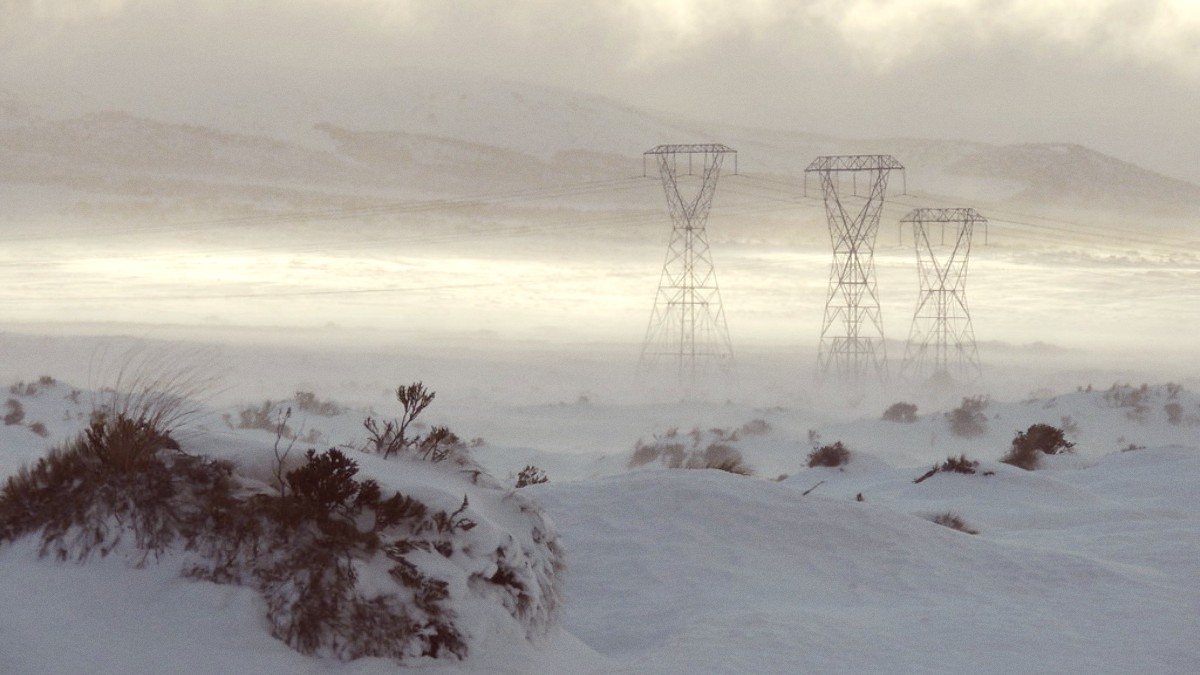
Taupo And The Central Plateau, New Zealand
Feel the spray of the mighty Huka Falls, where the Waikato River thunders through a narrow gorge. Experience the deep cultural history embedded in the landscape, from sacred Māori carvings overlooking the lake to the tales of early explorers. Taupo has days filled with exploration and evenings dedicated to relaxation, perhaps in a natural hot spring. The region invites you to cast a line for trout, cycle along scenic trails, or simply enjoy a coffee by the water. Taupo connects you to the raw, untamed beauty of New Zealand while having all the comforts of a friendly, well-appointed town.
This place gives a genuine taste of New Zealand life and its natural gifts. It inspires awe with its dramatic scenery and endless opportunities for personal discovery.
Taupo makes an unique destination for any traveler, whether you seek thrills, tranquility, or cultural insights.
Taupo sits in the very middle of the North Island, nestled on the northern edge of the immense Lake Taupo. This lake, covering over 616 square kilometers, is not just New Zealand's largest freshwater lake but also the flooded caldera of an ancient supervolcano. The last major eruption, known as the Hatepe eruption, happened around 26,500 years ago, drastically reshaping the surrounding landscape and influencing global climate. Today, the lake’s vastness creates a microclimate, often moderating temperatures in the immediate vicinity of the town.
The land around Taupo forms part of the Central Volcanic Plateau, a region defined by its geothermal activity and towering volcanic cones. To the south, visible on clear days, rise the majestic peaks of Tongariro National Park: Mount Tongariro, Mount Ngauruhoe (often mistaken for Mount Doom from popular fiction), and the North Island's highest peak, Mount Ruapehu. These active volcanoes contribute to the dramatic skyline and a backdrop for many outdoor pursuits, from hiking to skiing.
New Zealand's largest freshwater lake, formed by ancient volcanic activity.
New Zealand's longest river, beginning at Lake Taupo and featuring Huka Falls.
Home to active volcanoes (Tongariro, Ngauruhoe, Ruapehu) south of Taupo.
Areas like Craters of the Moon with bubbling mud pools and steaming vents.
Transitions from temperate lake shores to dense forests and rugged volcanic terrain.
The Waikato River, New Zealand's longest river, begins its journey from Lake Taupo's northern tip, flowing through Taupo itself before winding its way north to the Tasman Sea. Along its initial stretch, the river creates spectacular natural features like the Huka Falls and the Aratiatia Rapids, where the water’s power is harnessed for electricity.
Geothermal fields like Craters of the Moon and the Wairakei Tourist Park lie just north of the town, demonstrating bubbling mud pools, steaming vents, and colorful mineral deposits, evidence of the earth’s heat beneath the surface.
The landscape transitions from the lake's temperate shores to denser forests and more rugged terrain towards the national parks. This geographical diversity means a wide range of ecosystems and activities within a short distance of the town.
Taupo acts as a strategic base for exploring this central North Island region, making access to both the tranquil lake environment and the dramatic, active volcanic landscapes easy. The region’s geology influences its water quality, its hot springs, and its very identity, being a constant reminder of the planet's dynamic processes.
Image: https://www.newzealand.com/assets/TourismNZ/Regions/Lake-Taupo/Lake-Taupo-NZ_1920x1080_FSP.jpg
Taupo’s history is rich, woven from both Māori heritage and European settlement, with the powerful geological forces of the land shaping its narrative. For centuries before European arrival, the area around Lake Taupo was home to the Ngāti Tūwharetoa iwi (tribe). The lake, or "Taupō-nui-a-Tia" (the great cloak of Tia), holds immense spiritual and cultural significance for Ngāti Tūwharetoa. It is a source of kai (food), a place of healing with its thermal waters, and a part of their ancestral lands.
Māori legends speak of the lake's volcanic creation and the sacredness of its waters. The famous Māori Rock Carvings at Mine Bay, created in the late 1970s, are a modern cultural landmark, depicting Ngatoroirangi, an ancestor from the Arawa canoe, and symbolizing the living connection between the land, the people, and their history.
Home to the Ngāti Tūwharetoa iwi, with deep spiritual and cultural connections to the lake and its thermal waters.
Began as a military outpost during the 1860s New Zealand Wars, later focusing on logging and farming.
Known for world-class trout fishing since the late 19th century, attracting anglers worldwide.
European presence began in the mid-19th century, initially with missionaries and traders. The town of Taupo itself grew as a military outpost during the New Zealand Wars in the 1860s, a period of conflict between the Māori and the Crown.
Expect high-energy thrills like skydiving, jet boating, and bungy jumping. Mountain biking and hiking in Tongariro National Park are also available.
Clear lake waters for swimming/kayaking, the raw power of Huka Falls, and geothermal wonders at Craters of the Moon.
Māori Rock Carvings and hot springs for rejuvenation. The town has a friendly, laid-back vibe with varied dining options.
Taupo appeals to everyone from solo backpackers to families and couples.
Its compact town center means many attractions, dining spots, and accommodations are within walking distance.
A rental car allows for broader exploration of the surrounding natural wonders.